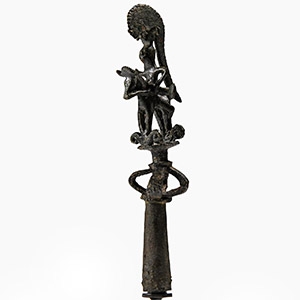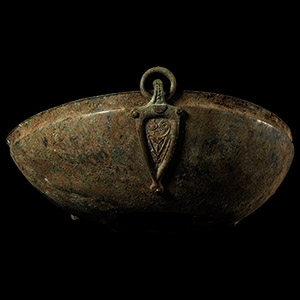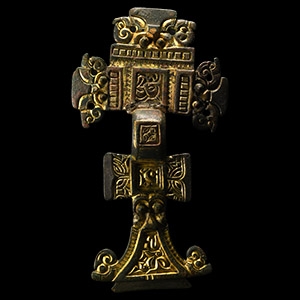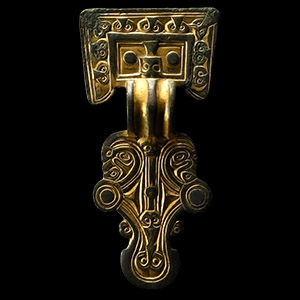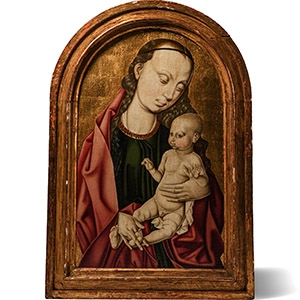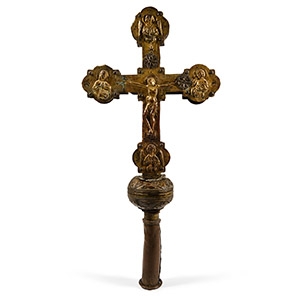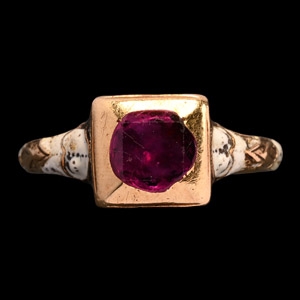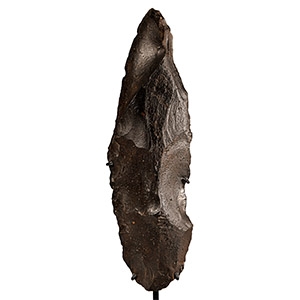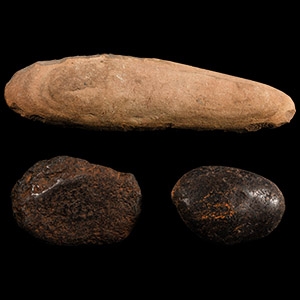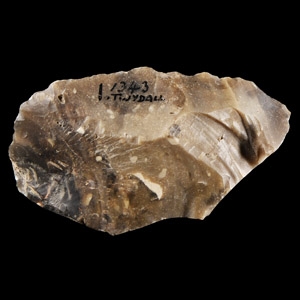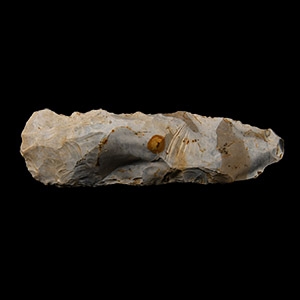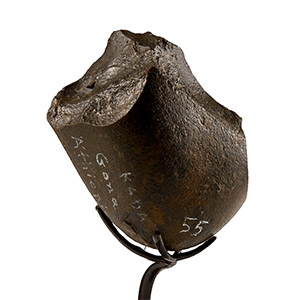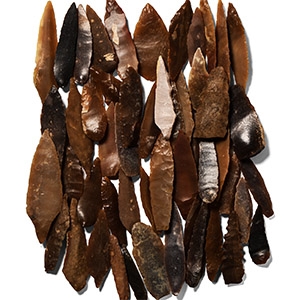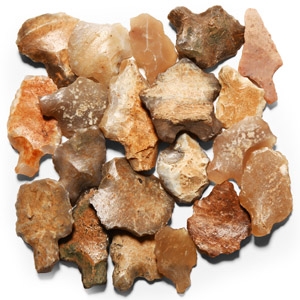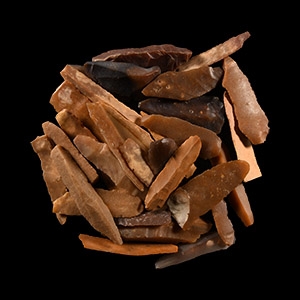Home > Auctions > 5 - 9 September 2023
Ancient Art, Antiquities, Natural History & Coins
Auction Highlights:
UK gallery, early 2000s.
Old German collection, before 1920.
Found North Africa.
Ex Seton Karr collection.
UK gallery, early 2000s.
Found Twydall, Kent, UK.
Richard Jones collection, Welling, Kent, UK, 1912-1915.
Ex Rochester Museum, Kent collections.
Specialist collection of J Edwin Jarvis.
Ex Martin Schoyen collection, London, UK.
Accompanied by a copy of an article on the site at Twydall.
UK gallery, early 2000s.
See Palmer, Susan, Mesolithic Cultures of Britain, Dolphin, 1977, pp.92-93, for similar examples.
Found Twydall, Kent, UK.
Richard Jones collection, Welling, Kent, UK, 1912-1915.
Ex Rochester Museum, Kent collections.
Specialist collection of J Edwin Jarvis.
Ex Martin Schoyen collection, London, UK.
Accompanied by a copy of an article on the site at Twydall.
Found near Kada Gona, Ethiopia in the 1960s.
Subsequently Stark collection, Germany.
Later with the Celtic and Prehistoric Museum, Dingle, Country Kerry, Republic of Ireland.
The Oldowan implements, mostly comprising roughly knapped or chipped stone pebbles that provide crude cutting edges, are some of the most ancient artefacts made by the earliest recognised hominids, typified by the discoveries at Oldovan Gorge in Africa, found there by the Leakey family.
UK gallery, early 2000s.
See Greenwell, David, Fling Artefacts of North Africa, privately published, 2005, for much information.
Private UK collection formed 1990s-2000s.
Property of an East Sussex, UK, teacher.
From Grotte des Pigeons in Taforalt, Morocco.
From the Arthur Halcrow Versage collection, Reigate, Surrey, UK.
The tang would have been inserted into a split handle or shaft material, like wood or bone, and then bound in position with cord, or with a binding agent which would have harden to form a permanent bond. The Aterian is the name given to a distinctive stone tool industry made by anatomically modern humans between about 80,000 and 40,000 years ago. The tools are found on sites in northern Africa between the Atlantic coast to the Kharga Oasis and the western edge of the Nile River Basin. The manufacturing process for these tools is derived from the earlier Mousterian methods for working stone, using prepared and shaped cores from which were struck off large flakes which were then often unifacially trimmed into the desired tool shapes. They continued with the same basic stone working processes, but with a major conceptual difference. The Aterian style tools are the first to have clearly been designed and manufactured to be mounted on handles, with the projectile points and the scrapers having distinctive prepared tangs at the base of the tool or projectile point.
From the Arthur Halcrow Versage collection, Reigate, Surrey, UK.
889 - 900 of 2453 LOTS

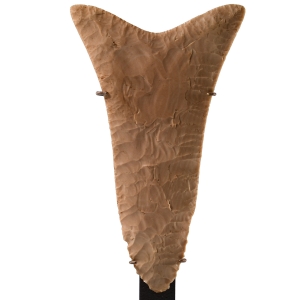
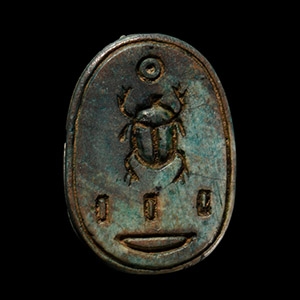
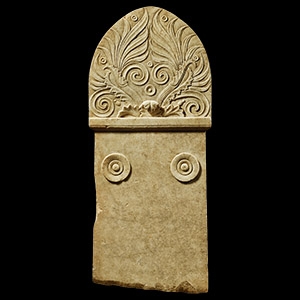
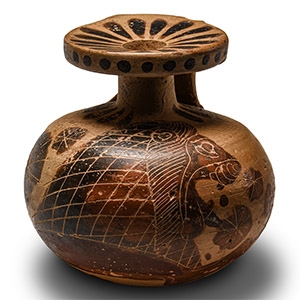
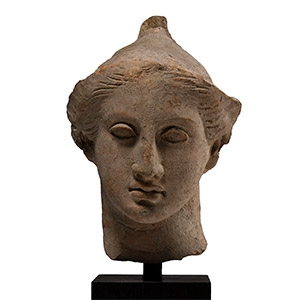
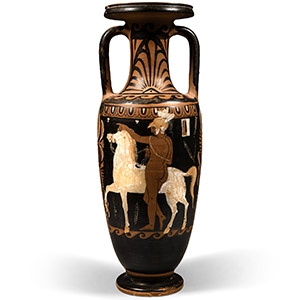
.jpg)
.jpg)
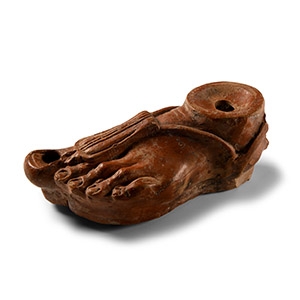
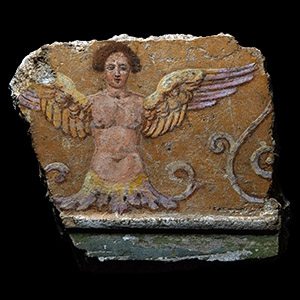
.jpg)
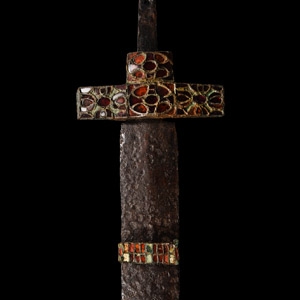
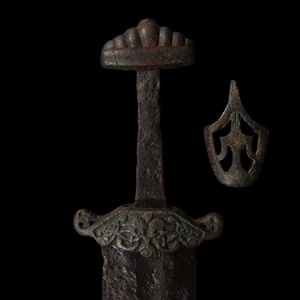
.jpg)
